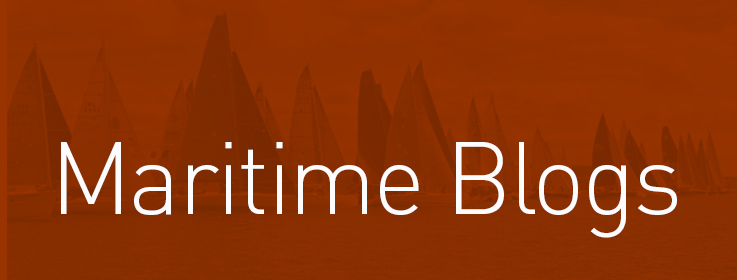“Ships and boats are the nearest things to dreams that human hands have ever made.” I remember those words being spoken to me by an experienced old boat-builder many years ago and they came to mind again as I watched work on the restoration of the first Asgard being carried out at Collins Barracks in Dublin.
This was the yacht that Erskine and Molly Childers owned and sailed, which carried out the historic Howth gun-running in 1914 that brought weapons to the Irish Volunteers. The boat was later sold out of Ireland for many years, then bought back by the State in the Sixties to become our first national sail training vessel, later replaced by Asgard 2, the present national training vessel.
For many years, the first Asgard was kept at Kilmainham Jail in Dublin, where the leaders of the 1916 Rising were executed. The Government handed it over to a voluntary group which, amidst a lot of controversy and opposition, intended to put it back sailing. They failed to raise the necessary money and the yacht was taken back into State ownership. It is a national treasure and the most historic vessel in the property and protection of the State.
John Kearon, who hails from the historic maritime town of Arklow, where some of the best boat and shipbuilders came from, is in charge of the project. He was previously Head of Restoration at Liverpool Maritime Museum where he led the successful restoration of the Bantry Longboat, used in the French Armada’s attempted invasion of Ireland in 1796.
That boat is now on view in the National Museum at Collins Barracks, not far from where the restoration of Asgard is under way.
It was impressive to watch the slow, careful work. Any wood which needs treatment is removed, carefully conserved, every item marked and restored. Only where the wood has gone beyond any hope of redemption are new pieces constructed, to exactly the same dimensions and position. It will take several years to complete, but is at last a recognition of the importance of our maritime tradition.
Working with John Kearon are two experienced Arklow shipwrights – Brendan Treacy and Oliver Ward, together with Paul Campbell, who has had experience in Australia and in the United States.
“It is a challenging project,” John told me in his office at Collins Barracks, surrounded by drawings and sketches of the original layout of Asgard. “It is like a bit of detective work, finding out more and more about the Asgard, trying to get back beyond the changes which had been made to her over the years, to her original construction and design.
“I’ve learned a lot about Erskine Childers, as I have tracked back how he ordered the Asgard, the design he wanted, the changes which Molly and himself made as they used the boat and found how she sailed, adaptations to suit themselves. There is no doubt she is a great vessel, very well designed and constructed, but working with the great Colin Archer as Erskine Childers was, you would expect that.”
Of its nature, the work is slow and dedicated, “but we move on, we are getting ahead and that is encouraging, though it took a lot of effort to remove parts which needed attention.” Indeed it did. I watched as the keel bolts were removed and water retention could still be found deep within the vessel.
A lot has been learned from the work about the inter-reaction of different metals within the boat over the years, iron and brass, copper and the effects on wood. David Watkinson of Cardiff University has carried out a detailed analysis for the project which is fascinating and many owners of wooden boats would be interested in the findings.
Since I went to see the restoration, other boats have been mentioned to me as being involved in the Howth gun-running – the Kelpie, the Chotah and the Nugget. A lot of people are interested in the on-going work on Asgard with which we will keep in touch.
The intention is to put Asgard on permanent display when the restoration work is completed. It will provide a great piece of maritime and national history for the public to view. Credit is due to the National Museum for carrying out this project.




































































